With the release of Fantastic Beasts: The Secrets of Dumbledore on April 6th, 2022, fans were excited to find out whether Queenie Goldstein follows the path of good or is swayed to the evil wizard Grindelwald’s side to betray those she holds dearest. Characters transitioning from friend to villain is hardly a new theme, but it makes for one of the most interesting arcs when done right.
While some characters start out bad, others evolve gradually or have villainous intentions all along, but only reveal their true natures at the end of the film. The best betraying villains leave the audience with a twinge of disbelief that only a good plot twist can give, or are the creations of excellent foreshadowing that leave fans admiring their falls from grace or wishing they could have been saved.
Ozymandias – Watchmen (2009)
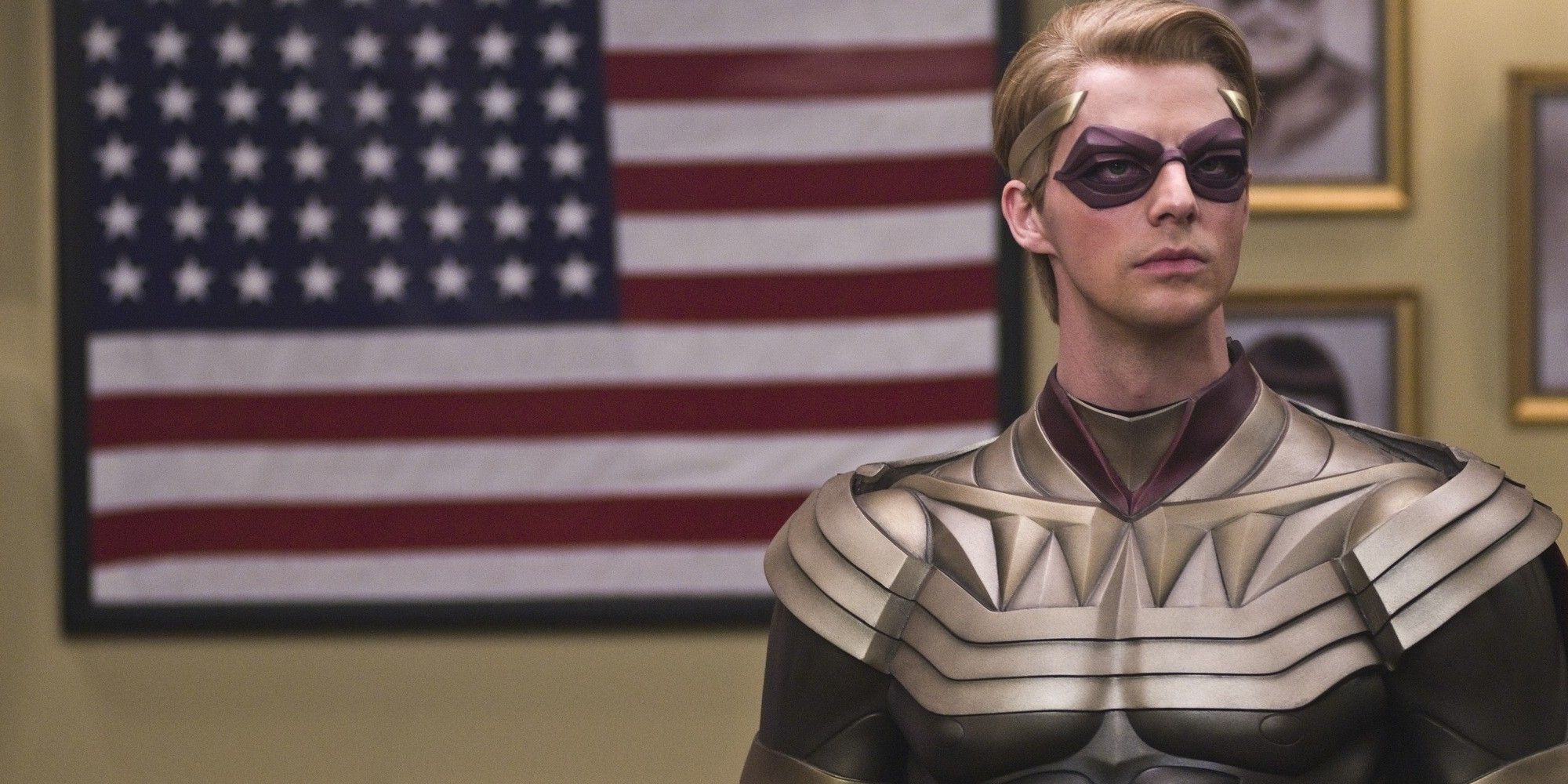
Also known as Adrian Veidt, Ozymandias is the proverbial golden boy who turns from superhero to villain in his distorted quest to create a better world. While other characters in Watchmen appear more sinister or at the very least disheveled, Matthew Goode’s Ozymandias dresses and comports himself like the quintessential good guy.
His exceptional intelligence, cunning, and patience awaiting the end game make him both a great hero and terrifying villain. But, it is his utilitarian mindset, lack of feeling for his fellow humans, and notion that he knows better than others that lead him to betray the Watchmen. As he ultimately reveals, “in order to save this planet, I had to trick it”.
Catwoman – Batman Returns (1992)
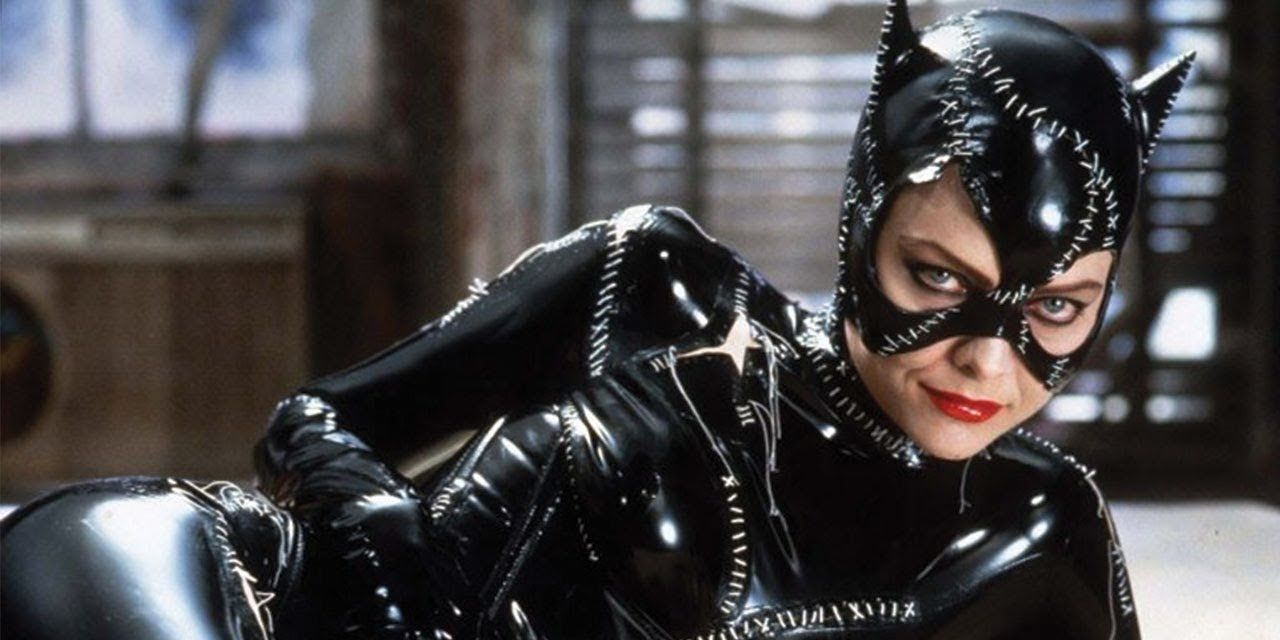
Although Batman and Catwoman’s relationship in The Batman has fans citing relationship goals, this isn’t the first time their relationship graced the screen. Michelle Pfeiffer’s Catwoman, aka Selina Kyle, is a villain loved by fans for her confidence, smarts, and refusal to fit into what society expects of women. Kyle transforms into Catwoman after being murdered by her boss who planned to steal power from Gotham via a fake powerplant.
In Batman Returns, the relationship between Catwoman and Batman is different from other friend-turned-enemy arcs because their connection is also romantic. Ultimately, Catwoman’s betrayal of Batman is that she chooses to satisfy her need for revenge and to live on her own terms over a relationship with the caped crusader. Fans love her transition from shy secretary to villain because she gains a sense of self along the way.
Eric Knox – Charlie’s Angels (2000)
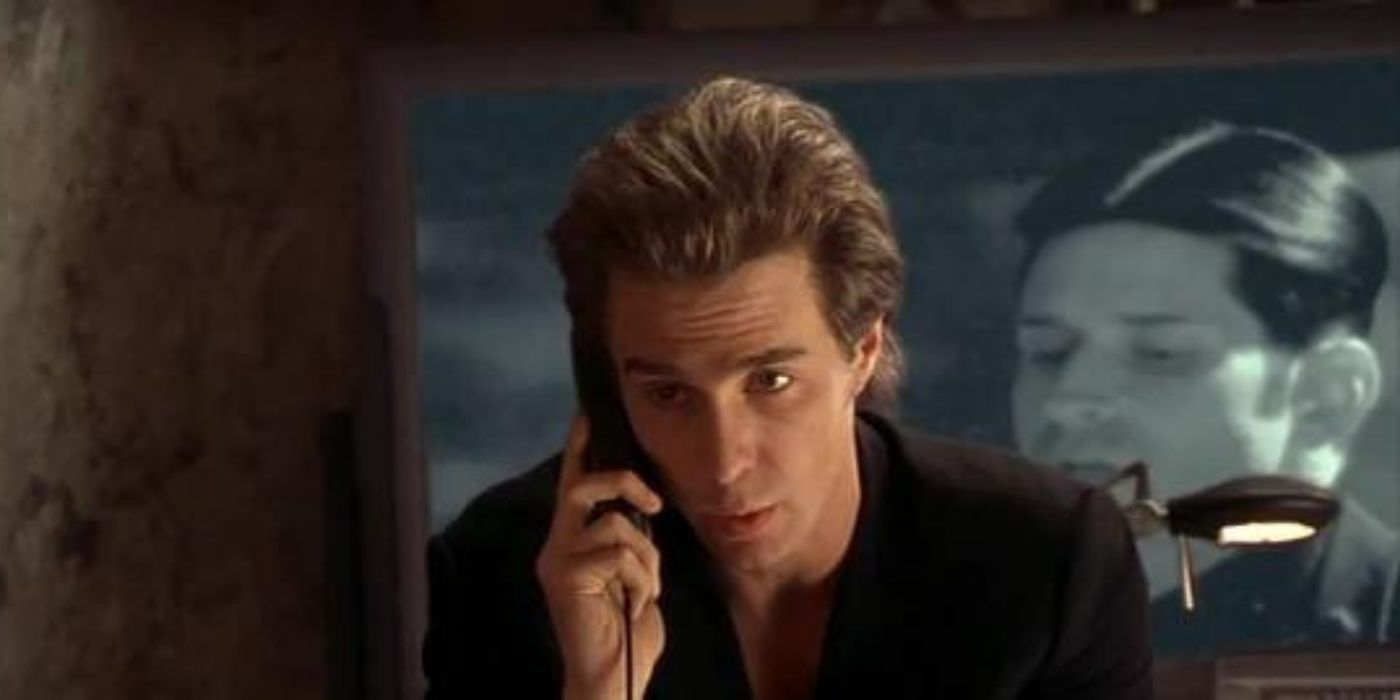
Eric Knox starts out as the victim, a bumbling yet cute scientist who seeks out the Angels to retrieve stolen technology. But, as Charlie’s Angels progresses, he proves to be a ruthless tech lord who will betray those closest to him to get what he wants.
Knox is a great villain because how he acts as friend and a villain is so different. His body language, word choice, and actions completely change. In one moment, he’s flirting with Dylan Sanders, but in the next moment he shoots her out a window while dancing to Marvin Gaye’s “Got to Give it Up”. His reveal as the villain is shocking for the audience because, in the beginning, he appeared not only innocent, but incapable of violence.
Harvey Dent – The Dark Knight (2008)
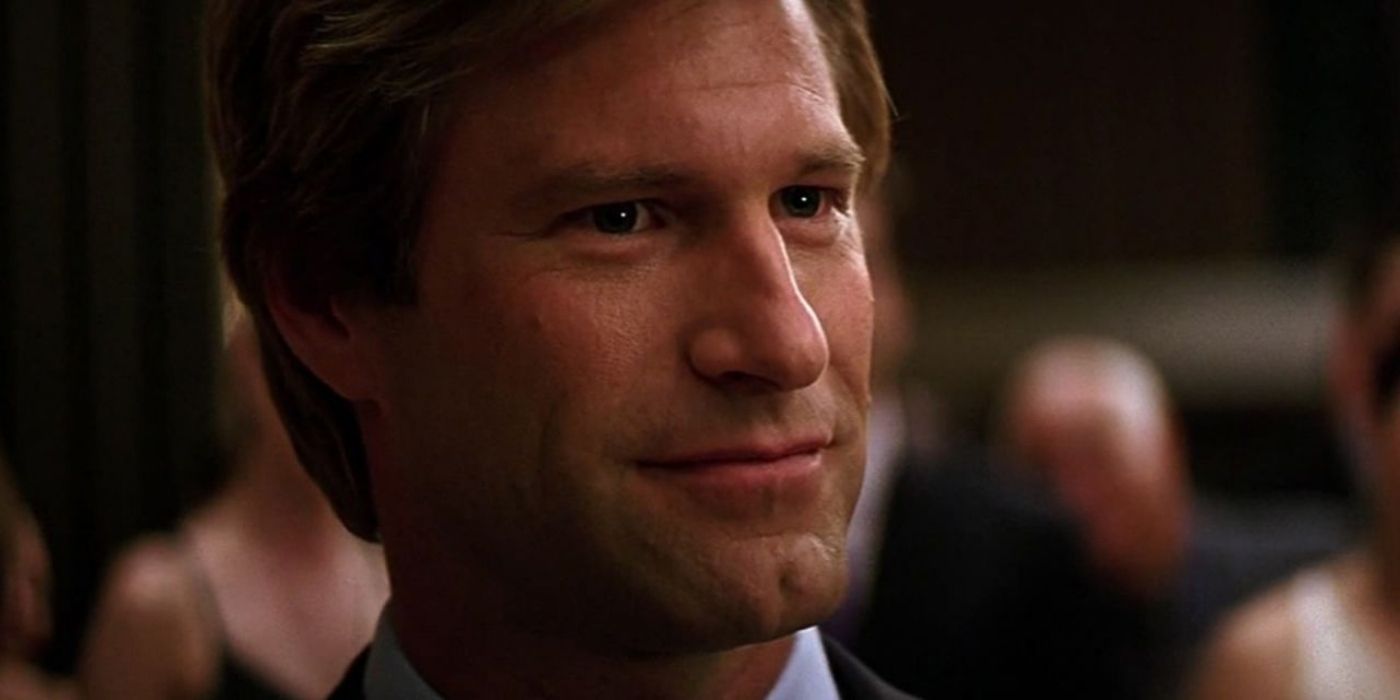
In some ways, Dent’s journey from hero to villain in The Dark Knight is similar to Anakin Skywalker’s in that the role of love lost plays a prominent part. When his love interest, Rachel Dawes, dies instead of him, Dent turns from an idealist district attorney to a man driven by madness and revenge.
However, what makes Dent’s transformation into Two-Face noteworthy is how every aspect of his character changes: appearance, ambitions, personality, and even the timbre of his voice. Dent’s half-melted face is a metaphor for the destruction of his idealism and loss of faith in saviors. He morphs from the embodiment of good in Gotham’s darkest times to the selfish evil he formerly combatted.
Tom Ripley – The Talented Mr. Ripley (1999)
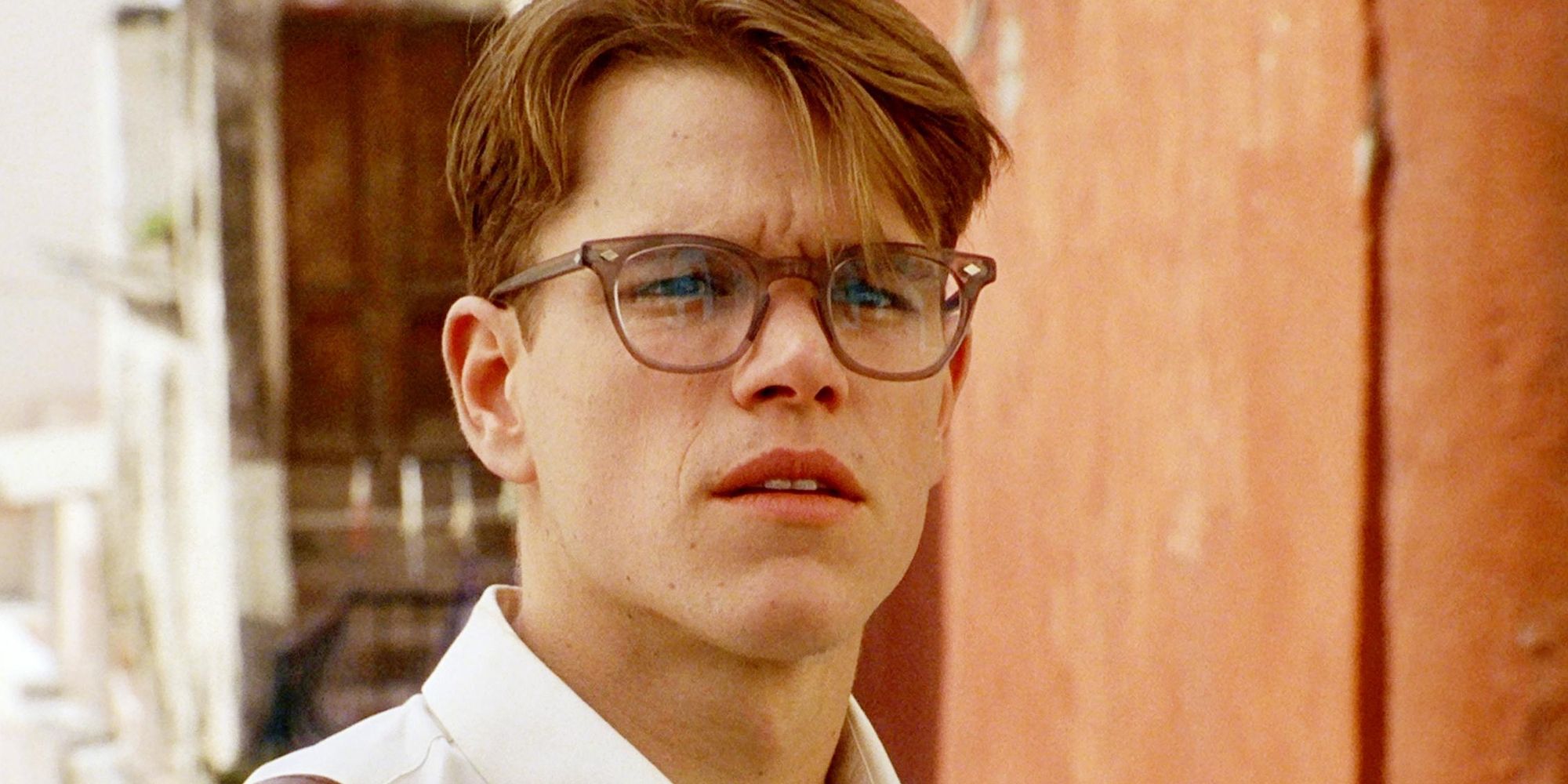
While the scope of Ripley’s actions is small when compared to those of Ozymandias or Anakin Skywalker’s, they are no less villainous or resourceful. Ripley’s ability to impersonate others combined with his unassuming manners are his greatest advantages, which allow him to murder and transform into one of his friends.
His desire for acceptance and discomfort being himself drive Ripley to commit crimes that stand stark again the leisurely Italian lakeside. In a telling scene, in The Talented Mr. Ripley, he famously reveals, “it’s better to be a fake somebody, than a real nobody,” exemplifying his character motivations. What makes Ripley’s evolution from friend to murderer compelling is the implication that a person like him could be anywhere and be simply overlooked.
Syndrome – The Incredibles (2004)
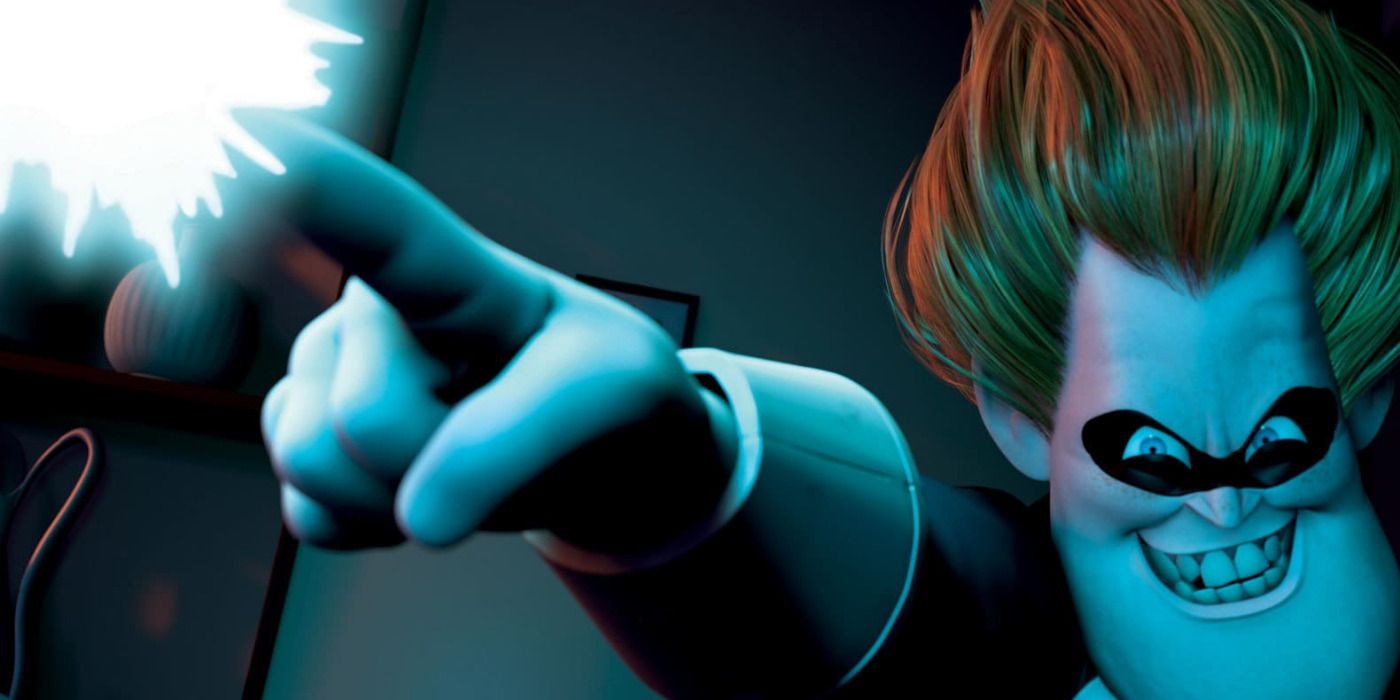
Like any truly good superhero movie, The Incredibles features a villain that stands out from others who simply want to destroy the world. Syndrome starts as a hero-worshipping young boy named Buddy who only wants the attention and acknowledgment of his favorite superhero, Mr. Incredible.
Buddy’s desire for acceptance and feelings of being passed over are the catalysts that drive him to become Syndrome, but it’s his childish nature, such as forcing superheroes to engage in “games”, disrespecting the boundaries of others, and engaging in the me-centric rhetoric of children, that defines him as a villain.
Prince Hans – Frozen (2013)
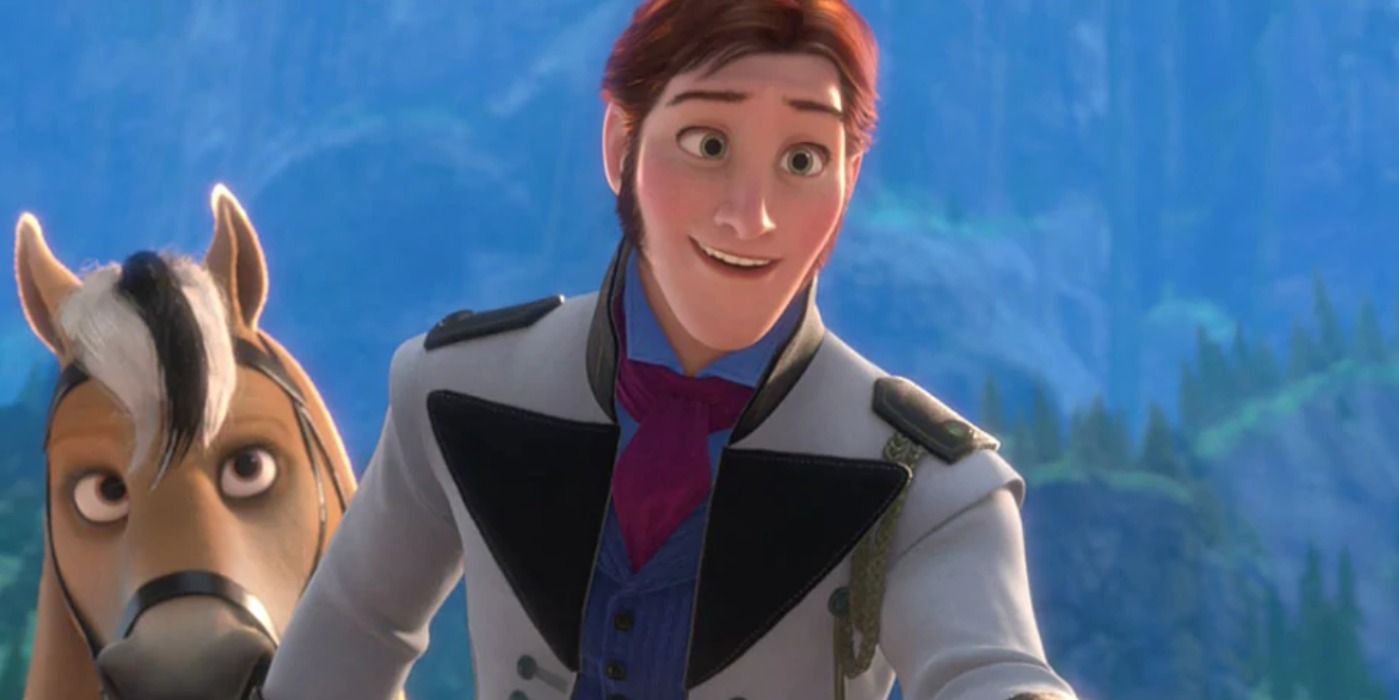
Fans of Frozen love to hate Hans because, unlike many Disney villains, such as Cruella De Vil or Shan Yu, Hans makes the audience believe he is among the story’s protagonists in the beginning. But, that all changes when he reveals his intention to rule Arendelle.
What makes Hans a great villain is how well he initially fits the trope of the heroic prince charming. He’s handsome, dressed all in white, the owner of a megawatt smile, and eager to appear chivalrous, yet he’s driven by competition with his brothers and willing to deceive those who trust him. Just as it’s refreshing to rank Mike Myer’s surly yet kindhearted ogre in Shrek as one of the best antiheroes, it’s a change of pace to reveal a villain like Hans.
Anakin Skywalker – Star Wars Episode II: Attack Of The Clones (2002) and Star Wars Episode III: Revenge Of The Sith (2005)
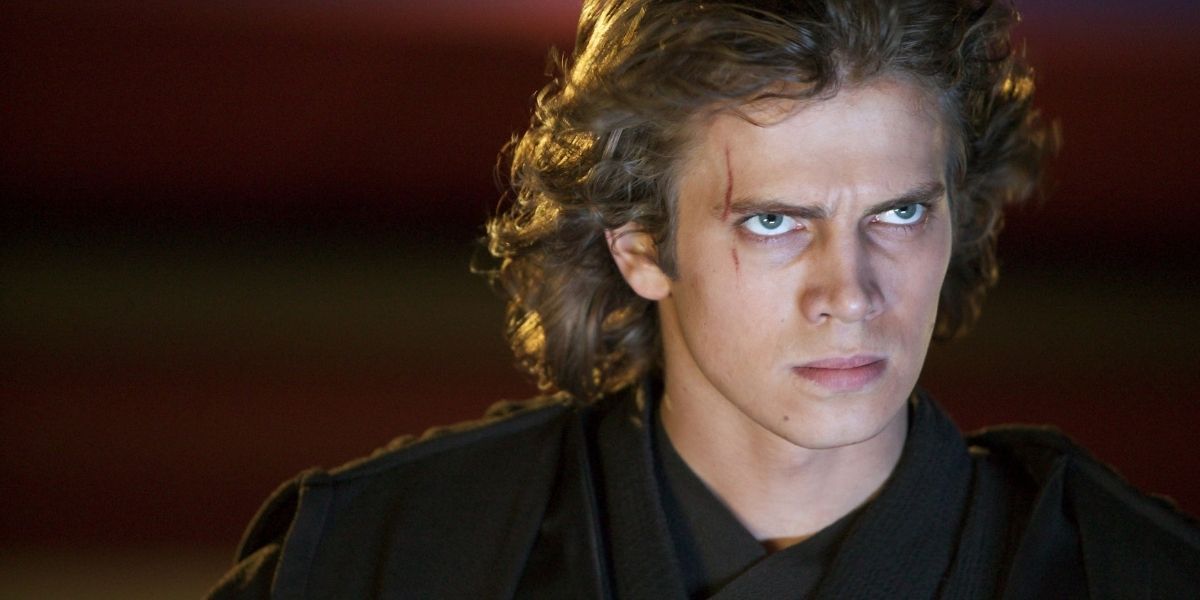
The descent of Anakin Skywalker, aka Darth Vader, into villainhood is one of the best character arcs in the Star Wars prequels, and with good reason. Over the course of the films, Skywalker learns to master his Jedi powers, but ultimately betrays those closest in his quest for power.
Before the movies begin, the audience knows Skywalker will become a villain, which makes his transition different from other hero-villain arcs. Each action that strays from the path of good is a red flag the audience eagerly spots. Skywalker’s downfall is so compelling because the audience gets to see him transform from a gifted boy or possibly even a savior to a man consumed by anger, ruled by his emotions, and won over by his darkest nature.
Saruman – Lord Of The Rings: The Fellowship Of The Ring (2001)
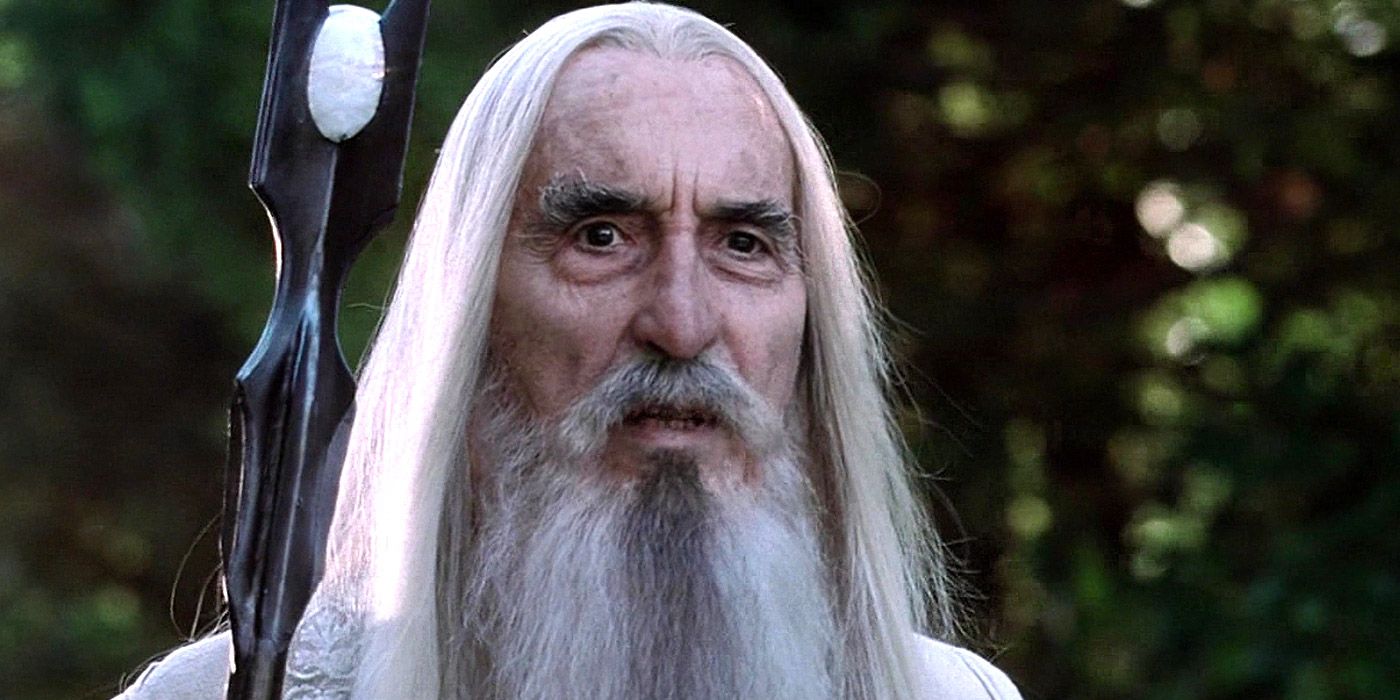
While there are many betrayals throughout The Lord of the Rings films, Saruman’s is one of the earliest and most damaging to the Fellowship. While Gandalf initially seeks out Saruman to ask his advice, he soon discovers that his former friend is working with Sauron and wants to obtain the ring.
Saruman is an excellent example of a character who betrays those closest after being corrupted by envy and the desire for power. His fall from grace is also an example of a formerly noble character giving into weakness exemplified by the quote, “you didn’t seriously think that a hobbit could contend with the will of Sauron—there are none who can”. In truth, it is his own inability to stand against a powerful enemy that is revealed.
Magneto – X-Men: First Class (2011)
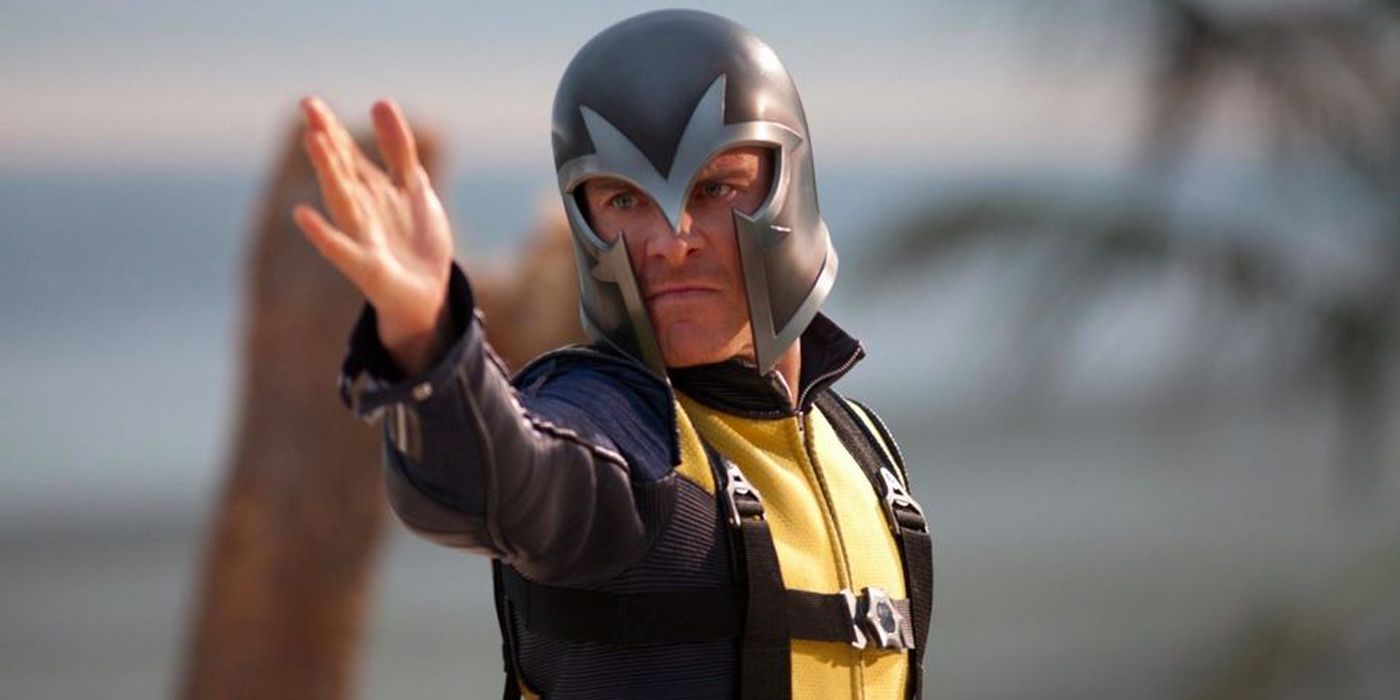
While it’s difficult to pinpoint in exactly which X-Men movie Magneto, also known as Erik Lehnsherr, transitions into a villain, the journey is a slow one marked by loss and tragedy. Unlike other hero-villain duos, Magneto and his counterpart, Charles Xavier, maintain a friendship even after Magneto lets his anger make him a villain.
The audience is often unsure if his friendship with Xavier will turn him to good or if he will continue down a path of destruction. His respect and care for Xavier initially keep his worst self in check, but not for long enough. While his ambitions come from a noble place, his execution is often violent, and destructive and his disdain for those unlike him is as prejudiced as those he condemns.




